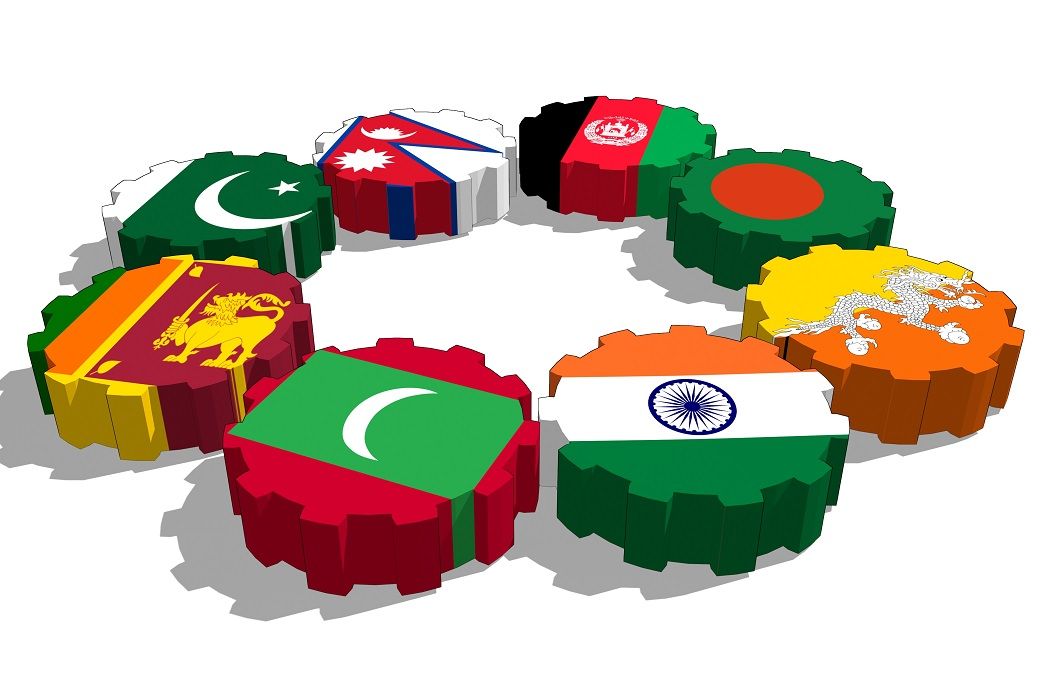
South Asia’s growth outlook has weakened, with projections revised down for most countries in the region due to rising uncertainty in the global economy. Stepping up domestic revenue mobilisation could help the region strengthen fragile fiscal positions and increase resilience against future shocks, the World Bank said in its twice-yearly regional outlook.
For India, the growth is expected to slow from 6.5 per cent in FY24/25 to 6.3 per cent as in FY25/26 as the benefits to private investment from monetary easing and regulatory streamlining are expected to be offset by global economic weakness and policy uncertainty.
South Asia’s growth is projected to slow to 5.8 per cent in 2025, down 0.4 ppts from previous forecasts, with risks from global uncertainty and domestic challenges.
India’s growth will slow to 6.3 per cent, while Bangladesh and Pakistan face slower recovery.
The World Bank urges increased domestic revenue mobilisation to strengthen fiscal positions, recommending tax reforms and digital technology.
In Bangladesh, growth is expected to slow in FY24/25 to 3.3 per cent amid political uncertainty and persistent financial challenges, and the growth rebound in FY25/26 has been downgraded to 4.9 per cent.
Pakistan’s economy continues to recover from a combination of natural disasters, external pressures, and inflation, and is expected grow by 2.7 per cent in FY24/25 and 3.1 per cent in FY25/26.
Meanwhile, in Sri Lanka, the government has made further progress with debt restructuring, and a projected rebound in investment and external demand is expected to lift growth in 2025 to 3.5 per cent before it returns to 3.1 per cent in 2026.
“Multiple shocks over the past decade have left South Asian countries with limited buffers to withstand an increasingly challenging global environment,” said Martin Raiser, World Bank vice president for South Asia. “The region needs targeted reforms to strengthen economic resilience and unlock faster growth and job creation. Now is the time to open to trade, modernise agricultural sectors, and boost private sector dynamism.”
A key component of strengthening economic resilience will be domestic revenue mobilisation. Although tax rates in South Asia are often above the average in developing economies, most tax revenues are lower. On average during 2019–23, government revenues in South Asia totalled 18 per cent of GDP—below the 24 per cent of GDP average for other developing economies. Revenue shortfalls are particularly pronounced for consumption taxes but are also sizable for corporate and personal income taxes, World Bank said in a press statement.
Tax revenues in South Asia are estimated to be 1 to 7 ppts of GDP below their potential, based on existing tax rates. Some of this shortfall is explained by the widespread informality and large agricultural sectors in the region. However, even after taking this into account, sizable tax gaps remain, highlighting the need for improved tax policy and administration.
“Low revenues are at the root of South Asia’s fiscal fragility and could threaten macroeconomic stability, especially in times of elevated uncertainty,” said Franziska Ohnsorge, World Bank chief economist for South Asia. “South Asian tax rates are relatively high, but collection is weak, leaving those who pay taxes with high burdens and governments with insufficient funds to improve basic services.”
The report recommended a range of policies to improve tax revenues by eliminating loopholes, streamlining tax codes, tightening enforcement, and facilitating tax compliance. This includes paring back tax exemptions; simplifying and unifying the tax regime to reduce incentives to operate in the informal sector; and using digital technology to identify taxpayers and facilitate collection.
The report noted the potential of adopting pollution pricing, which could help address the high levels of air and water pollution while raising government revenues.
Fibre2Fashion News Desk (SG)





